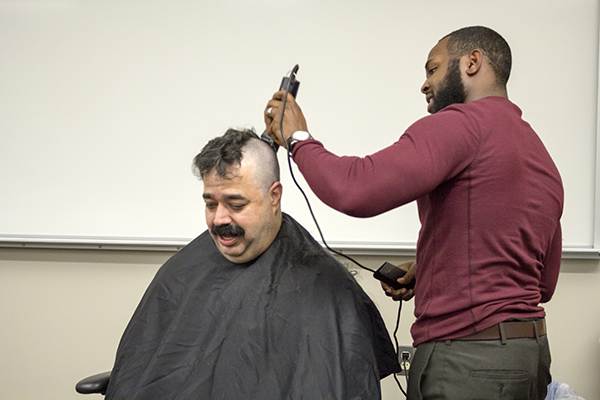
President Barack Obama spoke recently about his plan to make “free” community college available for all. On the surface, the idea of the federal government providing two years of college education sounds great. In reality, however, the need for and result of such actions falls well short of the flowery rhetoric.
First of all, students already have a way to go to community college for free if they can’t afford it. It’s called a Pell Grant. If the president believed these grants weren’t large enough to get the job done, why couldn’t he just call for more funds to be added to the current available grants?
Also, it isn’t 100 percent free. Under Obama’s plan, the feds will pay 75 percent of the cost, and the states would be required to dole out the remainder.
In fact, it isn’t free at all in the sense that somebody will be paying for it. The government doesn’t really have any money of its own. It has taxpayers’ money. When a politician tells about all the great things ‘‘we” are going to do, he isn’t talking about himself and the mouse in his pocket. He means the taxpayers, who will be forced to pay for that great thing, whatever it may be, whether they agree with it or not.
For example, students may not own a home now, but someday, hopefully, they will. When that day comes, they will be paying for that “free” school. For renters who say that doesn’t affect them, rest assured their landlord won’t be taking the hit. The increase in property taxes will correspond accordingly with an increase in rent.
Economics 101 taught us the law of supply and demand. The more people have of something, the less demand exists for that something. Consider an employer trying to find someone to fill a position. If everyone has a two-year associate degree, how valuable is that degree as a determining factor in assessing an employee’s capabilities? What sets that employee apart from other potential employees? Not that degree they spent two years obtaining.
Finally, if students lack the skills they need to succeed in society after 12 years of public education, how much more prepared will they be with two more years of school. This plan, in the long run, is likely to look more like public school prolonged until the 14th grade than any resemblance to higher education. This is not the cure for what ails us. The solutions to the education problems in this country will be found in the realm of quality, not quantity.
Frankly speaking, people get what they pay for. Things obtained with ease aren’t usually appreciated or maintained with nearly the same zeal as things acquired through sacrifice and hard work. Just look at any area where the majority of residents are homeowners in comparison with an area where most of the residents are renters. Homeowners generally appreciate and maintain their property with a higher level of care than renters.
The truth is free community college for all is a fundamental lowering of the bar of what it means to go to community college.





























